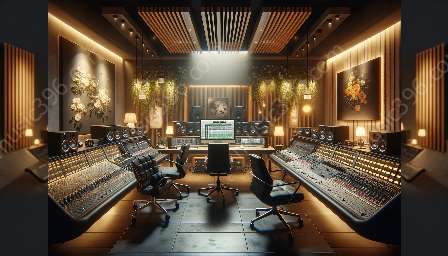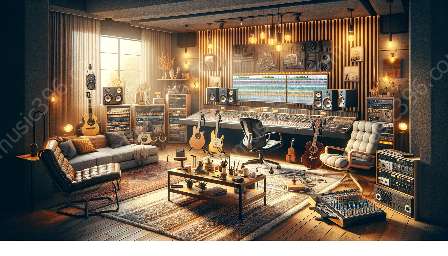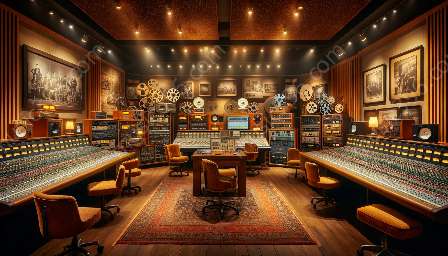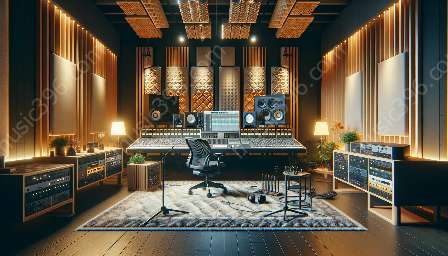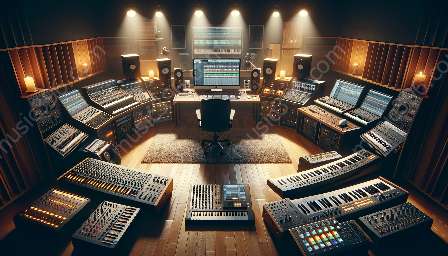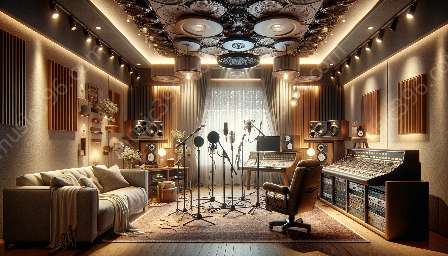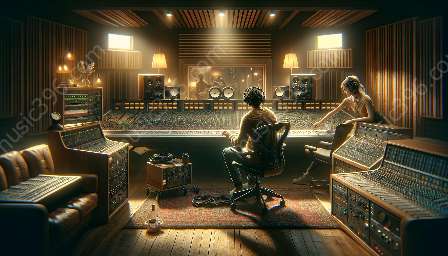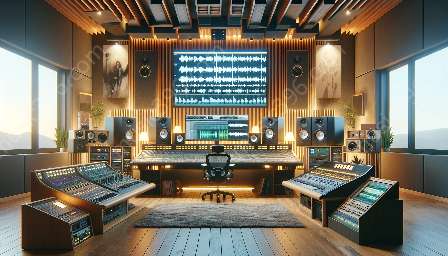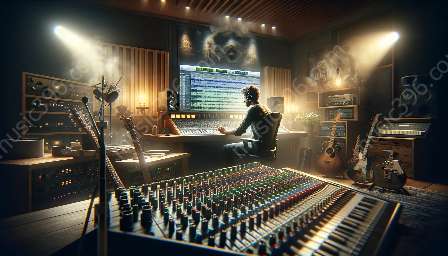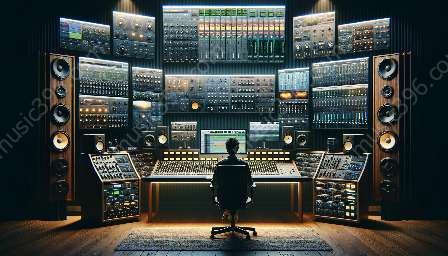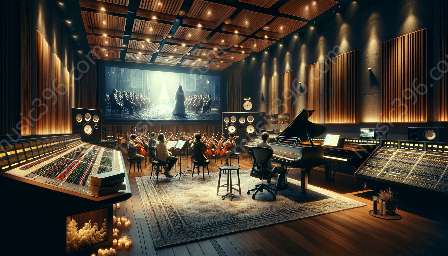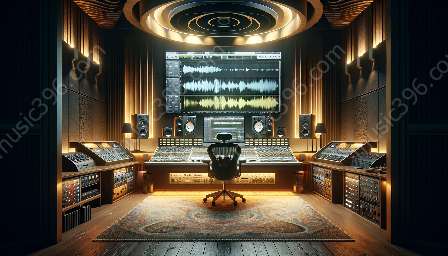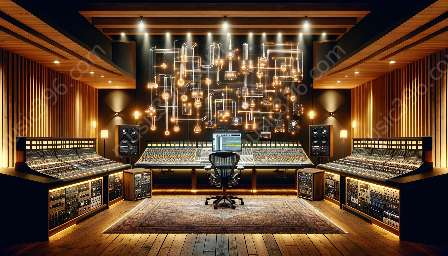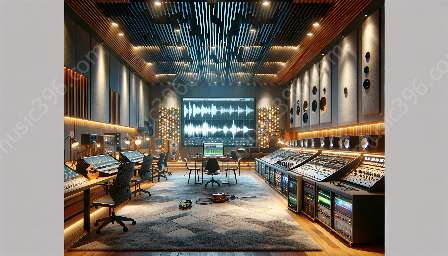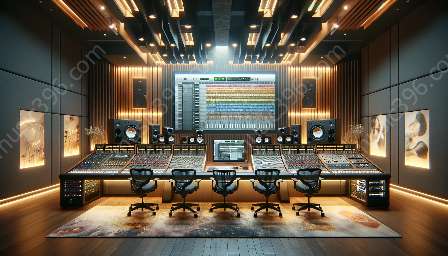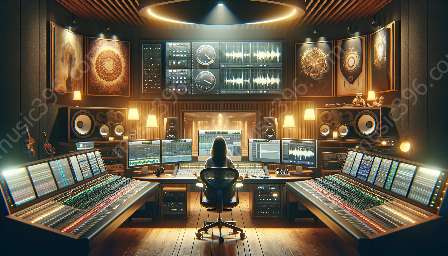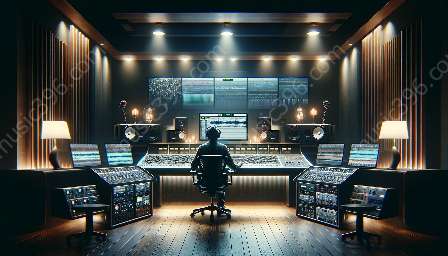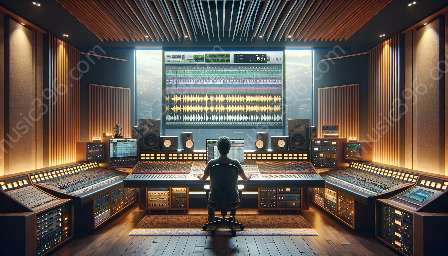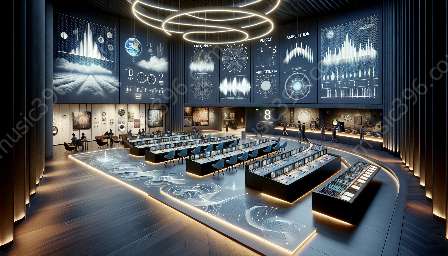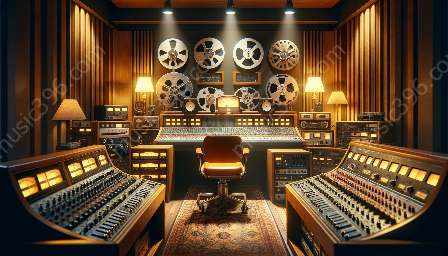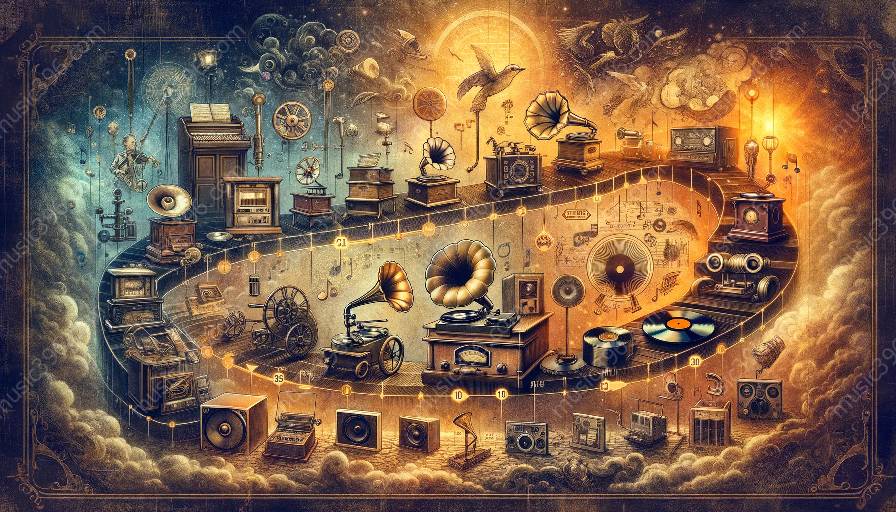Introduction
Music recording has witnessed a dramatic shift with the advent of auto-tuning and digital manipulation. These technologies have significantly impacted the way music is produced and consumed, shaping the history and evolution of music recording technology. This article delves into the role of auto-tuning and digital manipulation in music recording, their impact on the music industry, and their compatibility with the historical development of music recording.
History and Evolution of Music Recording Technology
Music recording technology has undergone profound changes over the years. The earliest form of music recording involved acoustic recording techniques, such as the use of wax cylinders, in the late 19th century. This primitive method evolved with the invention of the phonograph and the development of vinyl records, which dominated the music industry for several decades.
The emergence of magnetic tape recording revolutionized the industry, allowing for greater fidelity and editing capabilities. This innovation laid the groundwork for the digital revolution that followed, with the introduction of digital recording and editing tools that transformed the music recording process.
The Impact of Auto-Tuning and Digital Manipulation
Auto-tuning
Auto-tuning is a technique that corrects the pitch of a vocalist or instrumentalist in post-production, ensuring that the recorded performance matches the intended pitch. Initially developed to address minor pitch imperfections, auto-tuning has become synonymous with the distinctive robotic vocal effect that characterizes many contemporary pop songs.
The widespread use of auto-tuning has sparked debates regarding its impact on the authenticity and artistic integrity of music. Critics argue that excessive auto-tuning can strip music of its emotional resonance, while proponents maintain that it is a legitimate tool for enhancing vocal performances and achieving desired artistic effects.
Digital Manipulation
Digital manipulation encompasses a broad range of techniques, including pitch correction, time alignment, quantization, and digital effects processing. These tools offer unprecedented control over the sound and texture of recorded music, enabling producers to sculpt and refine performances with precision.
While digital manipulation has empowered musicians and producers to achieve previously unattainable levels of perfection, it has also raised concerns about the potential for over-reliance on technology at the expense of genuine musical talent and expression.
Compatibility with Music Recording
Auto-tuning and digital manipulation have become integral components of modern music recording, aligning with the historical trajectory of technological advancements in the industry. As music recording technologies have evolved, so too have the tools and techniques for shaping and manipulating sound.
These advancements have democratized music production, granting artists and producers greater creative freedom and flexibility. However, they have also prompted discussions about the impact of technological mediation on the authenticity and artistry of musical expression.
Significance in the Music Industry
Auto-tuning and digital manipulation have had a profound impact on the music industry, reshaping the ways in which music is created, consumed, and perceived. These technologies have blurred the line between live performance and studio recording, offering artists the means to achieve polished, commercially viable soundscapes without compromising artistic vision.
Furthermore, auto-tuning and digital manipulation have contributed to the diversification of musical genres, allowing for the exploration of new sonic frontiers and the fusion of disparate influences. The widespread adoption of these technologies has also influenced audience expectations, shaping the sonic landscape of contemporary popular music.
The Future of Music Recording
The ongoing evolution of music recording technology promises further innovations in auto-tuning and digital manipulation. As advancements in artificial intelligence and machine learning continue to permeate the industry, the boundaries of creative possibility will expand, heralding new opportunities for sonic experimentation and expression.
However, the enduring debate surrounding the role of technology in music recording underscores the need for critical reflection on the ethical and artistic implications of these advancements.
Conclusion
Auto-tuning and digital manipulation have irrevocably transformed the landscape of music recording, influencing the historical trajectory of the industry and redefining artistic practices. While these technologies have democratized music production and expanded creative horizons, they have also given rise to complex discussions about authenticity, expression, and the ethical use of technology in music. As the music recording landscape continues to evolve, the interplay between technological innovation and artistic integrity will remain a central point of contention and exploration.



